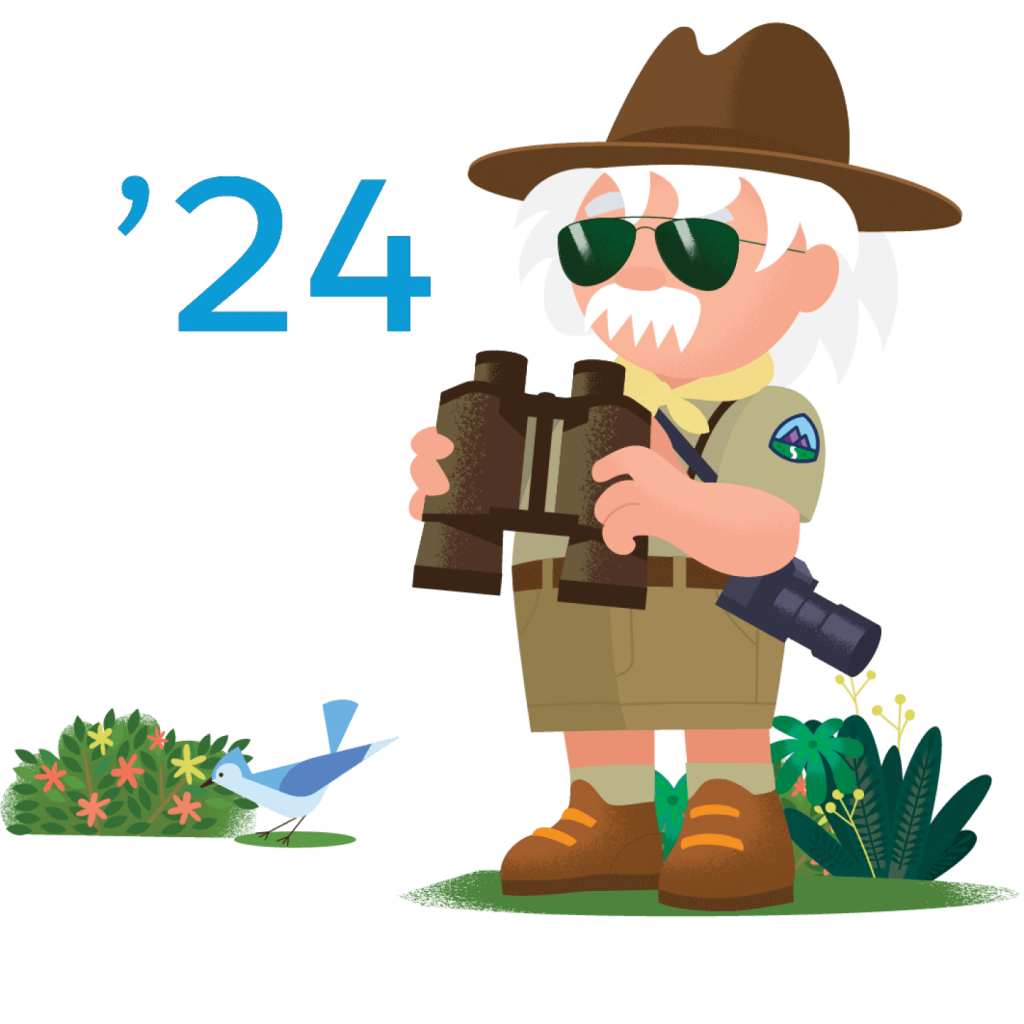
Last week marked my third year attending the TOPO Summit in San Francisco, CA. The TOPO Summit brings together sales and marketing organizations across the globe — each session focuses on action-oriented strategies which are broken off into different paths. Like last year, I focused in on Account-Based (AB) — we are sharing the key takeaways from Eric Wittlake’s session, “2019 State of Account Based: And how we will scale.”
From ABM to AB
Account-based marketing has only continued to rise in popularity and adoption. Based on TOPO’s 2019 Account Based Benchmark Report, we see companies are continuing to invest and grow their account-based programs.
As highlighted in the first slide of Eric’s presentation, it isn’t ABM — it is AB. A true account-based strategy doesn’t involve just marketing. It’s the alignment of all departments delivering “valuable, personalized experiences…to drive engagement and conversions at a targeted set of accounts.”
This sentiment was echoed in Scott Albro’s session, stressing the importance of the customer experience and how you need “all hands on deck” to achieve this. You can find a full breakdown of his session here.
AB Delivering High-Value
AB is a proven strategy — and when compared to traditional tactics, TOPO finds on average companies close 11% of their target accounts through the account based funnel, while the traditional funnel closes anywhere between 0.25% to 1.5%.

A more efficient funnel is not the only benefit. In fact, according to Wittlake, AB delivers a 33% increase in ACV almost immediately (which is sustained so long as you continue the strategy) and a 48% higher win rate. As mentioned above, this win rate cannot be achieved by marketing alone. It requires a joint effort in focus, strategy, and execution.
With this joint-effort approach in AB, companies can make decisions on their go-to-market strategy from both the sales perspective (good win rates) and the customer success perspective (increased retention rates). However, when making this decision it’s not an “either-or” choice between AB and traditional demand generation, Albro stressed in the keynote.
“You do need to identify your dominant go-to-market strategy, but you also need to make sure you’re willing to potentially borrow from the other strategy and create a hybrid model,” Albro stated.
Huge resonance this year at #TOPOSummit We at @gonimbly have recognized our GTM strategy a while ago, but it’s always a good feeling to confirm our decisions in a room full of true experts. #gtm #revops #ABM pic.twitter.com/UwIPfHLXKS
— Lorena Morales (@moraleslorenasf) April 17, 2019
AB is Trending Upward
Across the board, more companies are getting onboard with AB strategies. Last year, Forbes discussed ABM and how it is breaking into B2C organizations as well as growing in the B2B space. The maturity of organizations leveraging AB is increasing, and the investments into AB are growing as well.
60% of organizations who utilize AB strategies have a dedicated account-based leader, and of those leaders, 34% have more than two years of experience. The industries are poised to find leaders who have experience building and executing.
That is not to say once you have AB up and running it is smooth sailing. The next big challenge for these experienced organizations is scaling their AB strategy across a broad account list. For organizations starting AB, target account lists are small and manageable, but as program maturity grows, there is a natural need to reach out in a broader sense. Scaling was listed as the top challenge for organizations when it comes to account based initiatives — and to help, Wittlake laid out the two foundational pieces to allow organizations to scale, as well as the levers to use once the foundation is in place.
Foundations of Scaling AB
1. Alignment — The biggest differentiator Wittlake uncovered during the research of the best AB companies was the confidence in their ideal customer profile (ICP). 81% of the top performing AB organizations had confidence in their ICP. When compared against the average of all other organizations, only 42% had confidence in their ICP.
Without confidence in your ICP, your shared organizational focus is lost, and the results will be sub-par. To create a strong ICP, two things are needed: knowledge of the target accounts, and data on customers and prospects. Organizations that bring these two pieces together are 61% more likely to be confident in their ICP. With this confidence, all areas of the business can agree on more targets and increase the reach of their campaigns.
2. Selection — This foundational piece deals with identifying which target accounts on the list an organization wants to focus on at a time, and puts the processes in place to progress through each account.
It’s now well-known for AB that accounts are put into tiers based on size, priority, and a multitude of varying factors. But it’s nearly impossible to perform a meaningful execution of the AB strategy without segmenting these tiers into manageable portions.
Many companies starting in ABM select specific accounts from their tiers and reach out in a one-off manner. Companies quickly lose steam, and campaign execution can is slowed down by picking and choosing which accounts to reach out to.
The key to scalability is grouping based on characteristics — industry, specific use cases, technology installs, intent factors, etc. Once these groupings are identified, take a cross-section across the tiers targeted specifically to one of the above. You are not going to after all accounts at once — create a plan and rotate through based on these different characteristics. This is called your account selection plan.

An account selection plan gives you triggers and key segments to focus on, a roadmap to create better programs, and maximizes your marketing and sales capacities by narrowing their scope.
3 Levers of Scale
While these foundational elements of scaling are great in theory, Wittlake discusses the 3 levers the best AB organizations pull to achieve scale.
- Do more… — Easy to say, but hard to execute. Obviously, the more done, the better the outcome (usually). Of the AB leaders surveyed by Wittlake, 33% target more contacts and 81% use more AB tactics than average AB organizations.
- …to more accounts… — Extending across the customer lifecycle can yield much better results. When an opportunity to expand beyond target accounts arises, take it. Targeting a larger list will increase the probability of closing.
- …more often. — The more often accounts are targeted within campaigns, the better the chances. With great selection and execution comes the ability to pursue more accounts at a time.

Account based is now entering into an exciting new phase where organizations are starting to understand how best to roll it out. With organizations becoming more and more experienced with it, they’re now looking to scale their strategy and get even more out of it. To do this, however, they have to ensure the organization is aligned across departments and the target accounts are selected in the proper way. Once this is done, the levers of scaling can be used to grow their AB strategy — and the number of accounts closed.
If you attended the TOPO Summit and want to share notes, talk AB, or nerd out over marketing in general, drop me a line at [email protected]. Or are you experiencing scaling challenges yourself and are considering the Salesforce ecosystem? Set up a consultation — we’re here to help!


